
Finding the right activewear can be both a challenge and an expense. With numerous brands on the market, navigating options without overspending is essential for many fitness enthusiasts. Affordable activewear brands offer quality, style, and performance without breaking the bank.

Consumers are increasingly seeking clothing that supports their workout routines while also fitting their budgets. Many of these brands provide a diverse selection of products, from leggings to sports bras, ensuring that there is something for everyone. By focusing on cost-effective choices, individuals can stay fashionable and comfortable during their activities.
Exploring these brands reveals that one does not need to sacrifice quality for affordability. Many lesser-known and emerging options are gaining popularity alongside recognized names, proving that great activewear is accessible to everyone. This blog post will highlight some of the best affordable activewear brands available today.
Defining Affordable Activewear
Affordable activewear strikes a balance between budget-friendly prices and quality. Understanding what constitutes affordable activewear involves examining both cost considerations and the materials used in production.
Price vs. Quality Balance
Affordable activewear typically falls within a price range of $20 to $60 for tops and $30 to $70 for bottoms. Brands that operate within this range often focus on providing functional apparel without compromising quality.
Quality is paramount; consumers expect durability and performance at these price points. Brands that succeed in this market often utilize cost-effective manufacturing techniques while maintaining acceptable quality standards. Price alone does not define affordability; the effectiveness and lifespan of the products are equally essential.
Materials and Manufacturing
The materials used in affordable activewear can significantly affect both performance and pricing. Common materials include polyester, nylon, and spandex, which provide comfort, stretch, and breathability.
Manufacturing practices also play a role in affordability. Many brands source materials from reputable suppliers while employing efficient production processes to keep costs low. Eco-friendly options are becoming more prevalent, though they may influence price.
Transparency in manufacturing practices can help consumers make informed decisions about the sustainability of their purchases. Understanding these aspects allows buyers to choose activewear that meets their preferences without exceeding their budgets.
Top Affordable Activewear Brands
Several brands offer stylish and functional activewear without breaking the bank. These brands strike a balance between quality, comfort, and affordability, catering to a range of athletic activities and lifestyles.
Old Navy Active
Old Navy Active is well-known for its budget-friendly prices and versatile selections. The line features a variety of items such as leggings, sports bras, and tops designed for different activities.
Their activewear often includes moisture-wicking fabrics that help keep the wearer dry during workouts. Sizes range from XS to plus sizes, ensuring inclusivity.
Old Navy frequently runs promotions, allowing shoppers to find deals on stylish athletic wear. Customers appreciate the trendy designs, making it easy to transition from the gym to casual outings.
Champion
Champion combines quality and affordability in its activewear line, making it a popular choice for many athletes. They offer classic styles, including sweatshirts, leggings, and shorts.
Champion’s products are known for their durability and comfort, often featuring their iconic logo prominently. Many pieces incorporate performance fabrics that provide breathability and flexibility.
The brand also emphasizes inclusivity, offering sizes that accommodate various body types. Its reputation as a reliable activewear option helps maintain a loyal customer base.
Gymshark
Gymshark has gained popularity for its affordable prices and modern aesthetic. The brand targets fitness enthusiasts with a focus on trendy designs and high-performance materials.
They offer a wide selection, including leggings, seamless tops, and athletic sports bras. Gymshark is recognized for its flattering cuts that cater to a range of body shapes.
Frequent collaborations with fitness influencers and social media marketing help keep the brand in the spotlight. Customers often cite comfort and style as key reasons for their loyalty, making it a top choice for affordable activewear.
Fabletics
Fabletics stands out with its subscription model that offers stylish activewear at a reduced price. Members receive personalized selections based on their preferences each month.
The brand is known for its fashionable and functional designs, including high-waisted leggings and supportive sports bras. Fabletics incorporates a range of fabric technologies, like moisture-wicking and compression, enhancing performance during workouts.
Their commitment to inclusivity is evident, with a variety of sizes available. The combination of affordability and trendiness attracts a diverse customer base, making it a leading choice in activewear.
Factors Influencing Cost and Affordability

Several elements determine the price and accessibility of activewear. Understanding these factors helps consumers make informed decisions when choosing affordable options.
Production and Distribution
Production processes significantly impact activewear pricing. Materials used can vary widely in cost. For instance, organic cotton or advanced moisture-wicking fabrics typically come at a premium. Conversely, synthetic materials may be more affordable but can impact durability and feel.
Labor costs also play a crucial role. Brands sourcing from countries with lower wage standards often reduce their overall costs. However, this may raise concerns about ethical manufacturing practices.
Distribution channels affect pricing as well. Brands that sell directly to consumers online can eliminate middlemen and reduce costs. Retailers with extensive brick-and-mortar presence may have higher operational expenses, leading to increased consumer prices.
Brand Marketing
Brand marketing strategies greatly influence activewear pricing. Established brands often command higher prices based on their reputation. They invest in advertising, endorsements, and influencer partnerships to enhance brand visibility.
Emerging brands might adopt different tactics to maintain affordability. They often rely on social media marketing and word-of-mouth to build a customer base. By minimizing traditional advertising costs, they can offer lower prices.
Promotional tactics, such as discounts and limited-time offers, can also affect affordability. Brands may use sales to attract price-sensitive consumers while still maintaining their profit margins. Understanding these marketing dynamics helps consumers identify genuine value in affordable activewear options.
Shopping Tips for Value-Seeking Consumers
Value-seeking consumers can maximize their purchases by leveraging sales opportunities and focusing on essential activewear items. By applying strategic approaches, shoppers can find quality activewear without overspending.
Utilizing Sales and Discounts
Taking advantage of sales events is essential for finding affordable activewear. Major holidays like Black Friday, Cyber Monday, and seasonal sales often present substantial discounts.
Shoppers can also sign up for newsletters from their favorite brands. This often provides access to exclusive promotions and early notifications about upcoming sales.
Comparison shopping is crucial. Websites and apps can help users track prices across different retailers, ensuring they get the best deal available.
Pay attention to clearance sections, where end-of-season items may be significantly marked down. Additionally, many retailers offer price matching, so researching competitors can save money on a desired piece.
Prioritizing Essentials
When shopping for activewear, focusing on essential items can lead to more value. Before making a purchase, consider which pieces will provide the most versatility.
Key essentials include quality leggings, moisture-wicking shirts, and supportive sports bras. These core items can often be mixed and matched for various workouts or casual outings.
Investing in foundational pieces means shoppers can build a functional wardrobe without unnecessary expense. Often, brands offer bundles or sets at discounted rates, which can be a cost-effective option.
Durability is another important factor. It is wise to consider fabric quality and construction. High-performance materials may seem more expensive upfront but can provide long-term savings through increased lifespan and usage.








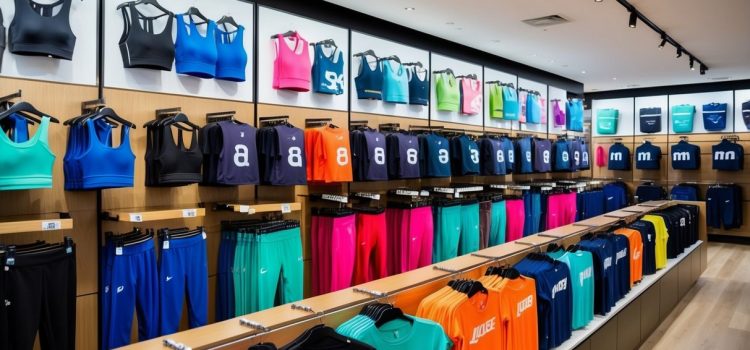
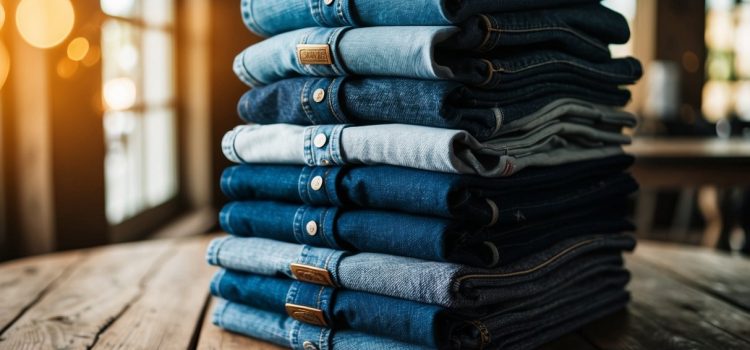


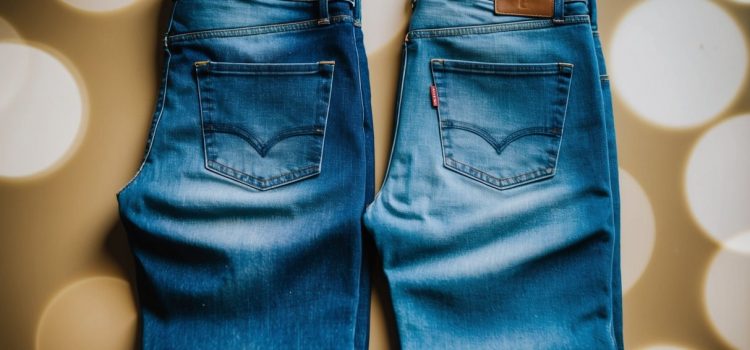


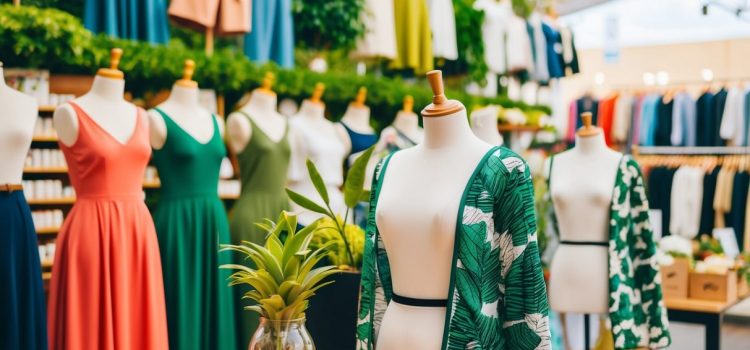


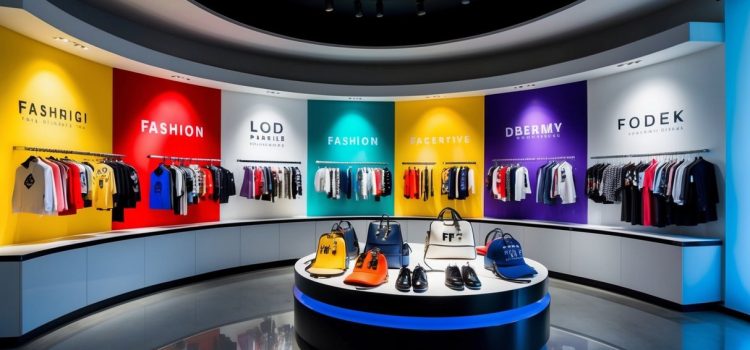


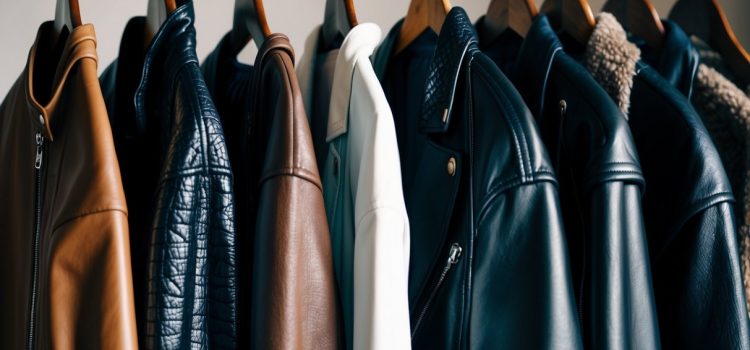


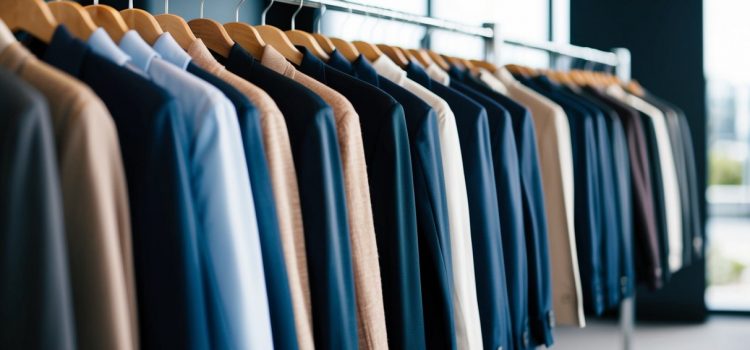


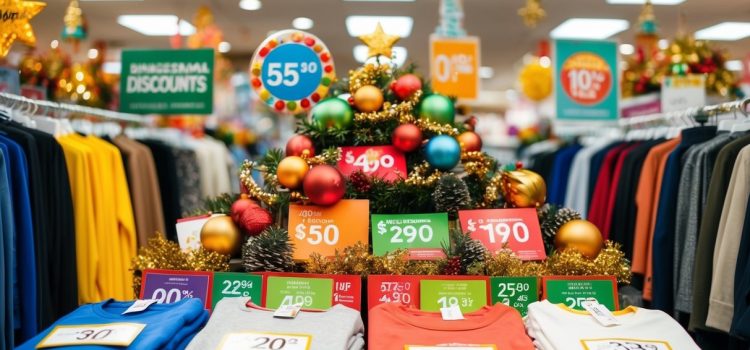





Comments
Hello world!
Pic of the week: Sunset at margate beach
The first day’s journey was through the pink fields
The first day’s journey was through the pink fields
The first day’s journey was through the pink fields